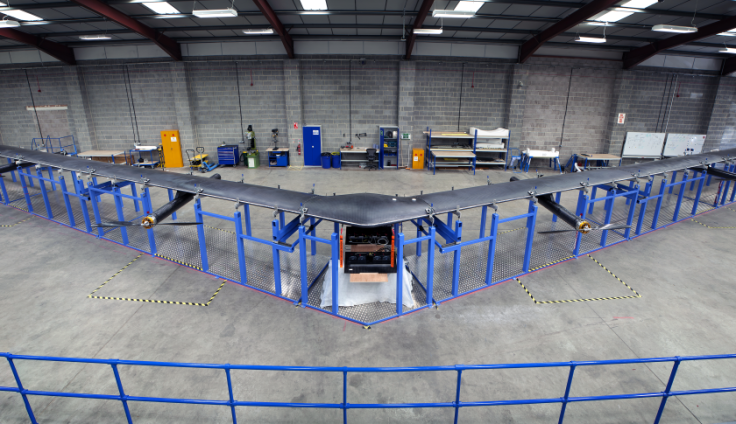Facebook's solar-powered internet plane Aquila ready for tests

Construction of Facebook's drone which will provide internet service from the air to remote regions is complete and the craft is ready for tests, says the company.
The solar-powered unmanned plane Aquila with the wingspan of a Boeing and weighing less than 500 kilograms can stay in the air for around three months.
In a post on the site where he talks of the craft being completed, CEO Mark Zuckerberg writes on the importance of the effort to provide connectivity to 10% of the world's population with no connectivity.
"To affordably connect everyone, we need to build completely new technologies... it might seem like science fiction. But science fiction is often just science before its time. Over the coming months, we will test these systems in the real world and continue refining them so we can turn their promise into reality," writes Zuckerberg.
After flying scale models of the plane at altitudes of less than 400 feet, the test flight of the completed craft will be carried out in coming days possibly at a location in the US, Jay Parikh, Facebook's global head of engineering said on Thursday (30 July) during a talk at the FB headquarters.
From an altitude between 60,000 and 90,000 feet much above commercial airlines, each drone flying in a 3 km circle can potentially provide internet access to people in a 50 km radius.
An Aquila fleet will help connect many remote parts of the world to the net by working with local providers.
Lasers
The plane itself will receive internet connectivity from a free space optical communication system of lasers developed by Facebook.
The company announced success with a new laser that can transmit data at 10 gigabits per second, ten times faster than any other system and able to connect with a point the size of a dime at distances around 10 miles.
The optical head on the plane will lock into the ground- based laser system and beam the data to the ground.
While the speed of transmission is routine for the fibre optics at ground level, the challenge was to achieve that rate through space, said Yael Maguire, Facebook's engineering director of connectivity at a press briefing.
The drones will be taken up and dropped by helium balloons.
Facebook's Connectivity Lab was formed last year to develop new technologies for expanding internet access.
Google also has developed balloons to beam down internet. They will also operate in the 60,000 and 90,000 feet range.
© Copyright IBTimes 2025. All rights reserved.





















